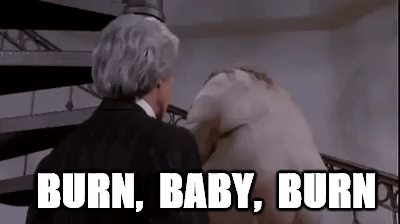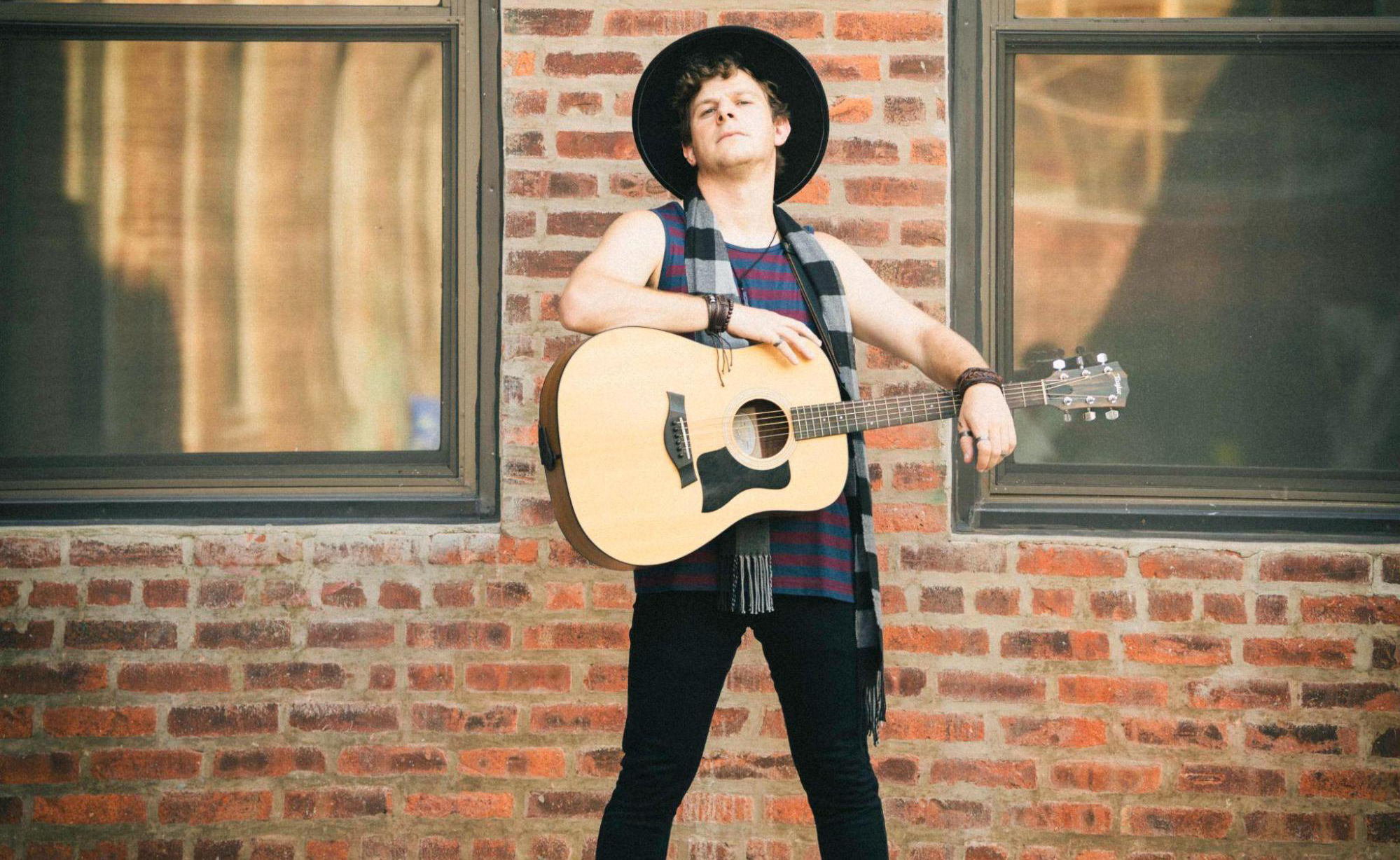On Thursday Anne Hathaway took to Instagram to apologize for her role in the HBO Max original movieThe Witches and its depiction of the titular villains as having so-called “limb differences.”
The movie is based on Roald Dahl’s 1983 novel—which was previously adapted into the classic 1990 version of The Witches. It tells the story of a young boy who stumbles upon a convention of horrifying witches with the power to turn children into mice. Hathaway portrays their leader, the Grand High Witch—a role previously played by Anjelica Houston with sinister glee.The new film features a lot of the same whimsical horror that fans remember, and the Les Misérables star’s take on the Grand High Witch is as joyously evil as ever. But some have taken issue with the design that director Robert Zemeckis (Back to the Future) chose for the witches’ true form.
While Anjelica Huston’s iconic 1990 transformation involved pulling off her human mask to reveal her true form—the hunched back; the bald, ancient wrinkled head; the enormous beak of a nose; and the chin that looks like it should be censored—Anne Hathaway’s disguise is more subtle. In addition to a wig covering her baldness, there are apparent scars to either side of her lips that turn out to open into a Pennywise-like maw full of too-sharp teeth.
But what has people upset is what Hathaway and the other witches reveal when they take off their gloves: All of the witches have only three fingers on each hand. In addition to thumbs, they each have a set of index and pinkie fingers which they click together in a menacing applause for their leader. And when Hathaway removes her shoes, her feet each have only one long toe, with the others seemingly fused together.
If you don’t see the problem, you may not be familiar with the Lucky Fin Project. Founded to raise awareness of limb differences, the Lucky Fin Project seeks to destigmatize a variety of relatively common congenital issues, with the slogan “ten fingers are overrated.”
Among these differences are conditions like oligodactyly (few fingers or toes), syndactyly (fused fingers or toes), and ectrodactyly (cleft hands or feet). Arising from a mix of genetic and developmental factors, some of which remain uncertain, these conditions can result in hands and feet that resemble what is presented as a monstrous trait in Roald Dahl’s The Witches.
Comin after a more generic, corporate apology from the film’s production company, Warner Bros., Hathaway came across as thoughtful and sincere. Along with an attached video from the Lucky Fin Project, Hathaway acknowledged her failure to connect this depiction with the real-world stigma that already makes life difficult for children around the world. She wrote, “I owe you all an apology for the pain caused.”
But there is still an unresolved issue: what should the witches have looked like instead?
Should their baldness have been reconsidered as casting a negative light on cancer patients and people with alopecia? Should the open sores on the Grand High Witch’s head be scrapped as stigmatizing eczema? And if they had stuck with the wrinkled, ancient look from the 1990s, couldn’t that be interpreted as endorsing ageism, or suggesting something evil about children with progeria?
Obviously there are degrees of seriousness for these concerns—and the complaint about stigmatizing limb differences is probably more legitimate than others—but the whole controversy raises a real issue when it comes to body horror.
To what extent is it alright to use distortions of the human body to evoke a sense of horror? How much can that be separated from stigmatizing real people’s bodies?
There is a long tradition in the horror genre of using anatomical anomalies as a code for evil or corruption—dating at least as far back as fairytales like Rumplestiltskin.
From Dr. Frankenstein’s hunch-backed assistant Igor to the developmentally disabled child-shaman in Midsommar and the entire Freak Show season of American Horror Story, these works reinforce our tendency to find something disturbing about distortions of the expected human form.
Tapping into an instinctual fascination and aversion for these differences which serve to remind us of the strangeness and fragility of our own bodies, horror movies encourage these fearful and sinister associations.
Writer-director Ari Aster has spoken about how he approached 2018’sHereditary as “a film with the primary intention of upsetting the audience on a deep level.”
As an aesthetic pursuit, that may be a valid direction. But in seeking the most disturbing and unsettling content he could put together, Aster cast a young actor—with a rare genetic condition affecting her facial structure—to play a disturbed child corrupted by a demonic spirit.
Is that defensible? Doesn’t an artist have a responsibility not allow their work to perpetuate such harmful ideas?
Someone with a passion for telling stories can’t necessarily be expected to predict all the potentially negative repercussions of the stories they tell. As long as they don’t set out with a harmful intention, then perhaps the audience for an R-rated film like Hereditary bears the responsibility to recognize and reject societally harmful ideas that serve the story.

We know—for instance—that Midsommar‘s depiction of cultural traditions in rural Sweden should not influence our perception of the Swedish people. Surely we’re mature enough to likewise recognize and reject the fiction that disabilities and deformities have some connection to evil.
What makes The Witches a different case is its intended audience. A child doesn’t have the framework to approach a scary movie with an intellectual remove. They absorb the fearful imagery and it stays with them—as with Anjelica Huston’s transformation, still remembered by an entire generation 30 years later.
So when a child with limb differences recognizes themselves in a depiction of evil monsters, that hurts. And when a child without that struggle forms an association between villainous creatures and different-shaped hands, they are more liable to react negatively to a classmate or potential friend whose hands are reminiscent of the witches.
So while there may be a place for filmmaking that prioritizes “upsetting the audience on a deep level” without particular concern for the subtler messages it might send, that is not the purview of children’s movies.
Hathaway was right to offer her apology, and HBO Max should probably take the movie down and do some digital reworking to replace the harmful imagery… And they could probably fix the CGI mice while they’re at it—one of them has eyebrows!













